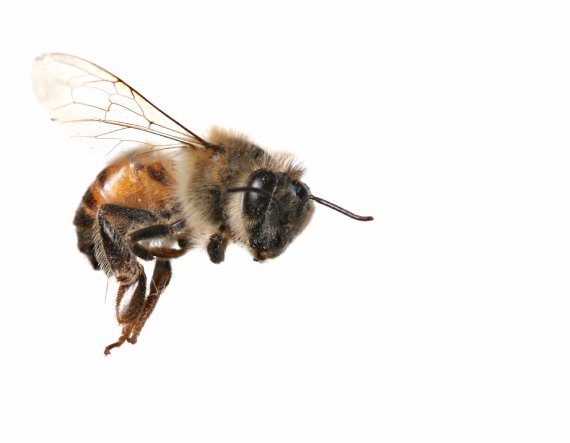This is the third year in a row with such a low mortality rate. ‘We are back to normal levels,’ comments researcher Tjeerd Blacquiere. ‘Ten percent is OK but I think five percent is attainable too. I personally achieve zero percent.’ Blacquiere thinks and hopes that the recovery is the result of beekeepers adopting the method recommended by Wageningen for tackling the varroa mite.
According to Blacquiere, bee deaths started to be a problem in around 2002/2003 due to increasing resistance among varroa mites to the standard pest control treatment. In 2010/2011, the Wageningen bee group started recommended a new, clear-cut method of pest control, since which bee deaths have decreased. Blacquiere says that the reduction has nothing to do with the ban on a number of applications of van neonicotinoids in the Netherlands.
‘There are almost no such applications of neonicotinoids in farming in Dutch rural areas anyway so you can’t expect it to have any effect. Certainly not now. The ban came into force last year whereas the fall in bee deaths started before that.’ The phone survey of beekeepers is held annually in order to get an early indication of the level of winter deaths. A random sample of 500 beekeepers was selected from the NBV list of members (6000 beekeepers). About 200 of them took part in the survey. The average mortality rate was 9.9 percent; six in ten beekeepers had no deaths at all.

